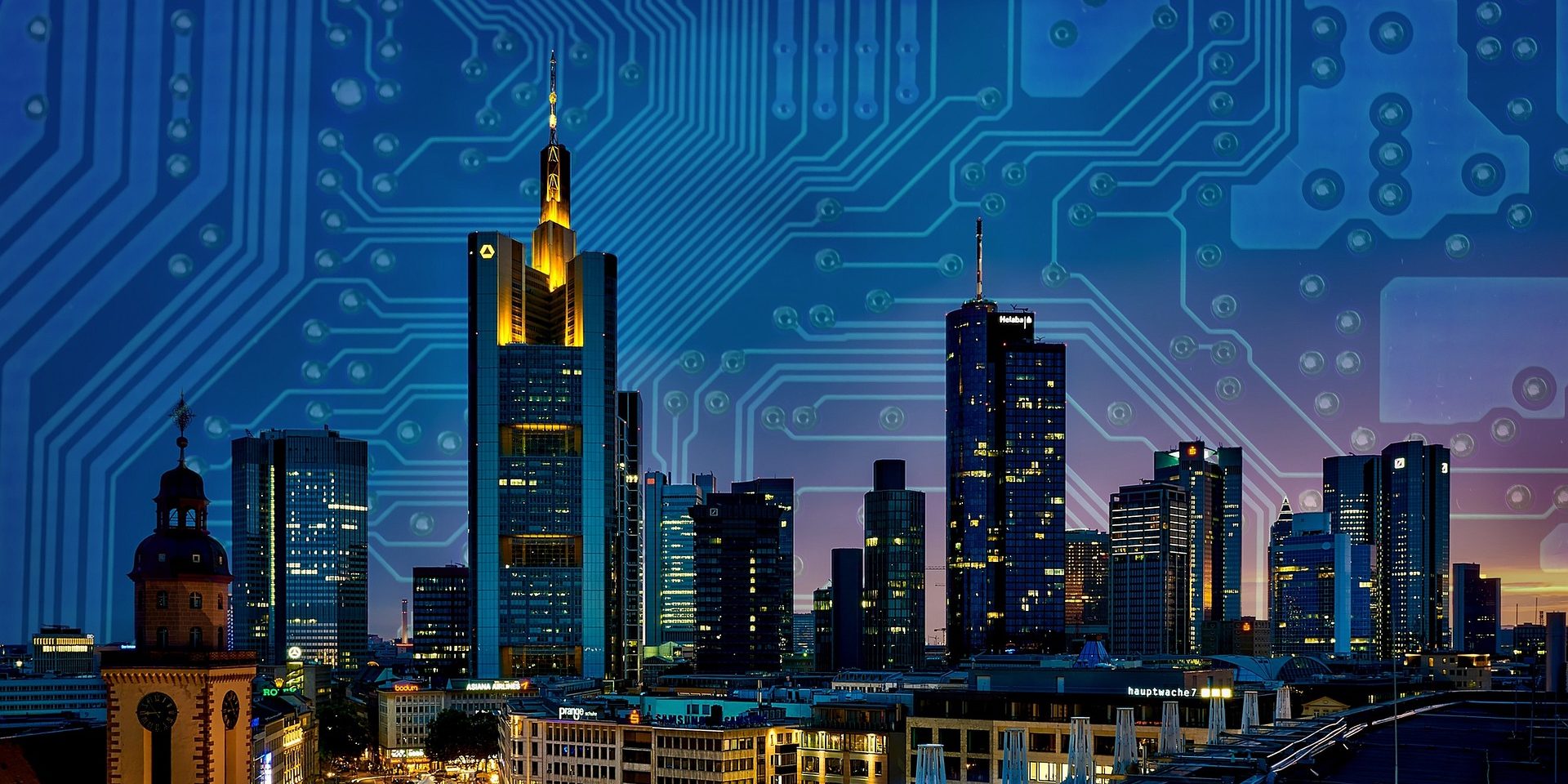As future technologies emerge, they present new opportunities for data theft. With those committing data theft, the world is under attack 24/7 from an invisible perpetrator that, chances are, will never be caught. These criminals are insidious, and they can steal your money, your identity, and ruin your business or reputation without a second thought. Cybercriminals not only keep up with future tech, but they are also seemingly one step ahead, with even more opportunities to profit from your data. The question is not “How do you stop cyber attacks?”, but “How do you stay ahead of and manage the threats with emerging technologies?”
New Technologies, New Threats
In an increasingly connected world with devices and applications that become smarter with each passing day, the techniques used by cybercriminals become even more ingenious. With the advent of more sophisticated technologies like artificial intelligence, the internet of things and 5G networks, the threat to data security increases exponentially.
AI
Artificial intelligence is changing the way businesses operate. It has revolutionized productivity and logistics due to the ability to process vast amounts of data in a very short time. The exponential data processing speed indicates that AI should be the perfect technology to leverage for monitoring and detecting data threats. However, it has already been proven that artificial intelligence used for cybersecurity can be exploited by cybercriminals to mimic patterns used within a network, making it undetectable for more extended periods.
AI has ushered in deepfakes, or manipulated videos that could pass as authentic. The fact that deep fake technology is now in the hands of ordinary people not only increases the risk of identity theft but could influence business negotiations or even national elections. Autonomous attacks of military weapons may also a threat.
5G and IoT
If the next-gen network lives up to the hype, then 5G will be up to 100 times faster than 4G, and latency will be a thing of the past. The new internet of things on 5G will be lightning-fast. Even if data is capped by providers, at speeds like those, malicious code can be spread at alarming rates over what is seen today. If you follow the logic, an intrusion could manipulate and propagate information between connected networks and devices in less than a blink of an eye.
Before telecom companies even started to roll out 5G to test markets, ransomware, malware, and identity theft have already infiltrated the Internet of Things (IoT), which are connected devices such as voice assistant and connected “smart” devices.
Home systems and appliances have been sabotaged, Internet-connected devices have been hijacked, and the control center of a municipal dam was breached. When companies using heavy machinery, surgical robots, and autonomous vehicles are powered by 5G networks, the opportunities afforded to cybercriminals become astronomical. The chances that an organization could be held hostage and people could be physically harmed are very real.
Understanding and Mitigating Future Risk
Bad actors will have more opportunities than ever to profit from the proliferation of IoT data, meaning that more companies can expect to be hacked. How do businesses respond to this bleak outlook? The answer is cybersecurity awareness and implementing the right systems and processes to stay ten steps ahead of cybercriminals.
Hancock & Poole Security has the subject matter experts to educate, advise, and implement security protocols to ensure companies are ready for the threats when they arise. For more information on emerging technology threats and how you can be prepared, contact Hancock & Poole Security today.



